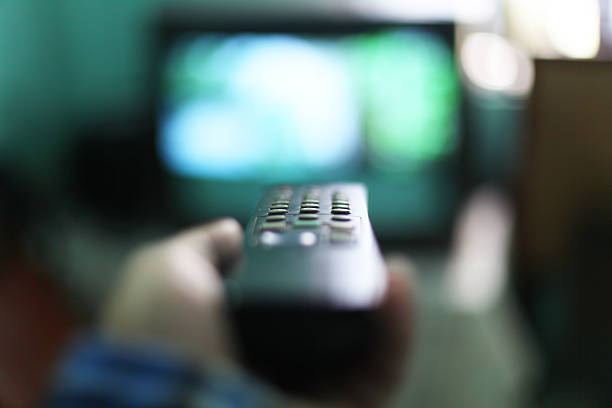Television advertising has been with us for more than 80 years and is still the optimal way to build a brand. That is because television offers high-quality, rich media entertainment on the biggest screen in the home. And, despite many myths, viewers are loyal to it. The benefits of television and television advertising have not yet been surpassed by any other medium. Let’s summarise them.
Television Enjoys Deep Trust
The importance of trust for brand building is constantly increasing. While twenty years ago trust was the least important of the seven indicators of mental brand accessibility, today it is the second most important. It is surpassed only by perceived brand quality.
The link between trust and profit is much stronger
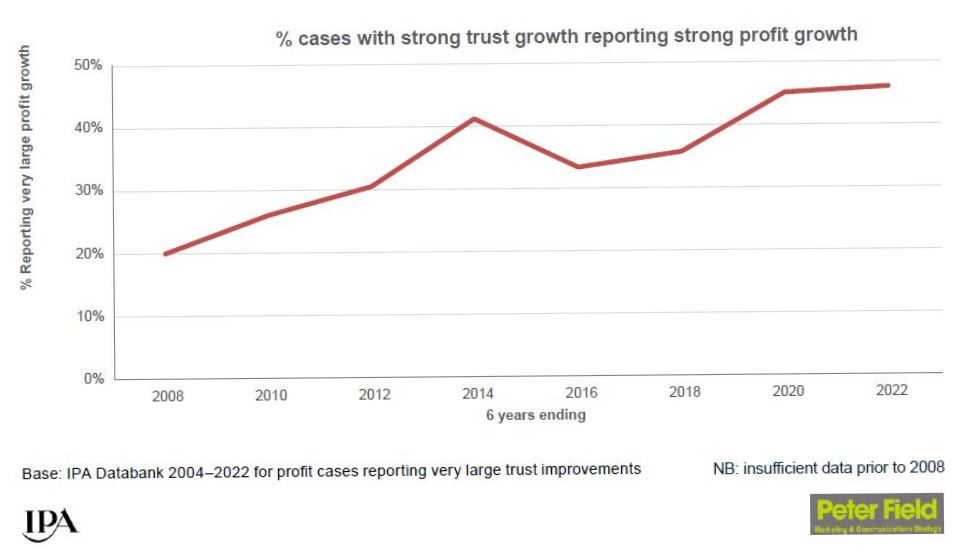
It is the traditional media that excels in its ability to build trust, and television is a true champion in this regard. Audiences are more likely to trust an advertisement they can see in a trusted medium. This effect has been particularly pronounced in recent years, as society has realised that it is in an era of fake news where not everything on the internet can be trusted. Trust is extremely important for growth and profitability. And according to IPA data, TV trust is the highest it has been in a decade:
The impact of television on profits
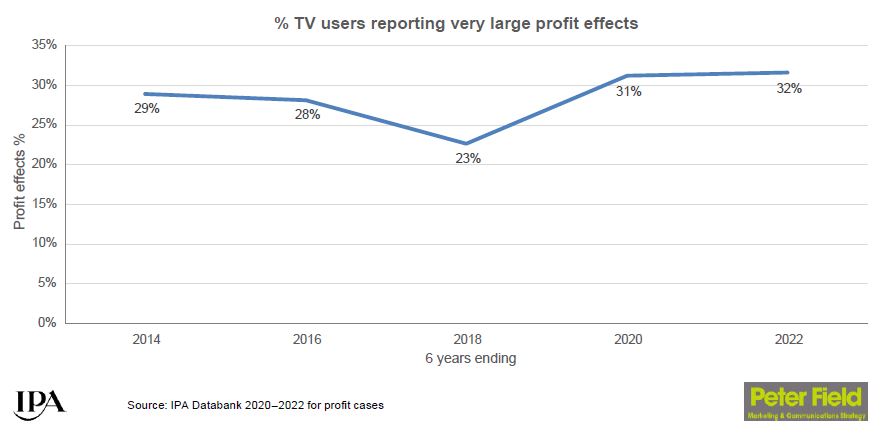
Among the factors affecting trust is the fact that television is subject to strict regulation and the state closely monitors compliance with ethical broadcasting standards and conducts multi-stage verification of information. As a result, television is not at risk of the potential scandals that often accompany online advertising, such as fraud, inappropriate ad placement or privacy violations. Viewers perceive television as a medium with high expectations.
TV Stirs Emotions
Advertising that can create an emotional connection has been shown to have significantly better results than rational advertising that simply communicates information about the brand or product being advertised. Emotions work much more intensely because they create stronger and longer lasting mental accessibility.
Emotional advertising increases efficiency
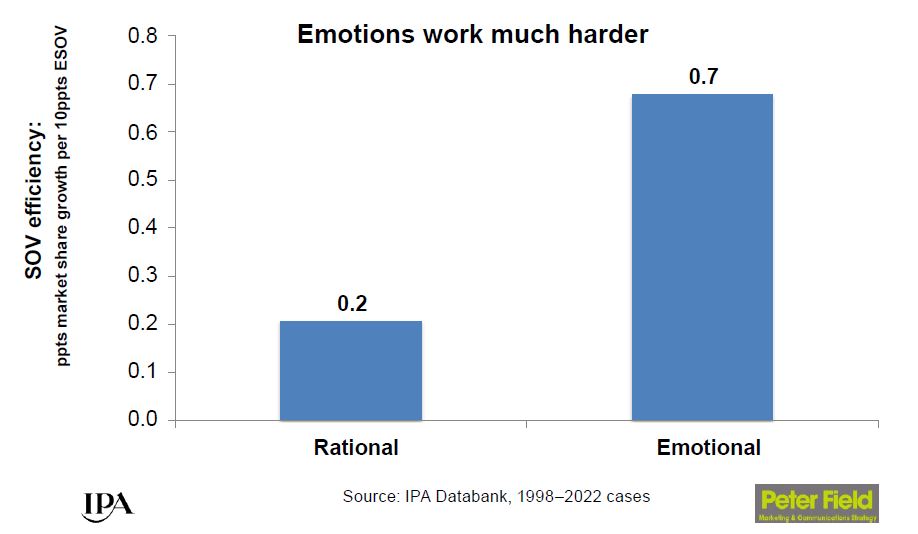
Clever marketers have long ago figured out that TV is a great platform for making crucial emotional associations that build mental accessibility. Campaigns that used TV at a higher-than-average rate were significantly more effective than those that didn’t.
Emotional TV ads are typically a thing of the Advent and Christmas season, and brands are able to take advantage of this. Last year’s Christmas advert from Chevrolet, for example, which focused on the issue of people with Alzheimer’s disease, is undoubtedly one of the most brilliant spots that can evoke deep emotions:
Video: Chevrolet – Holiday to remember (2023)
The Most Watched Medium
Three hours and forty minutes a day. That is how much time Czech viewers spend watching TV. A total of 92.6% of Czech households watch TV programmes, with 88% of households using a conventional TV set, while 4.6% of households watch TV on a PC, mobile phone, laptop, or tablet.
This positive trend is not only true for the Czech Republic but for the entire European region. In an interview for Eurobarometer 98 in January-February 2023, 74% of respondents in the European Union said they watched TV on a TV set daily or almost daily. Only six percent of respondents said they never used a TV set to watch TV. According to a forecast on statista.com, the number of TV viewers in Europe will continue to increase between 2024 and 2029. It is estimated to grow by 5.2 million users in this period.
Multigenerational Entertainment
The other good news is that television is not just the preserve of older generations. According to surveys, a large proportion of younger viewers also pay attention to television. There is also a difference in the preferred length of programmes. Younger audiences prefer to watch shorter programmes. Members of Generation Z consider 30-45 minutes to be the ideal programme length. Another difference is the content - younger Generation Z viewers do not show much interest in politics and economics. Instead, they prefer lifestyle and entertainment programmes. The way different generations watch TV also varies. The younger target groups often watch TV programmes on second screens and make extensive use of video-on-demand, while older viewers remain loyal to traditional TV.
Despite all these different preferences, however, television consumption in general is still growing and is only being supplemented by new media offerings.
Highest Attention and Efficiency
A fundamental law of growth in marketing is that you need to reinforce brand awareness in the minds of consumers. This means that it is essential to create ‘mental accessibility’. This is a state where the consumer easily recalls the brand at the moment of choice. Without mental accessibility, sustained brand growth cannot be ensured. However, one important factor is needed to create mental accessibility: attention. According to Professor Karen Nelson-Field of Amplified Intelligence, a video ad needs at least 2.5 seconds of active attention before the viewer begins to form lasting memories. Anything under that time is unmemorable.
Memorisation starts after 2.5 seconds
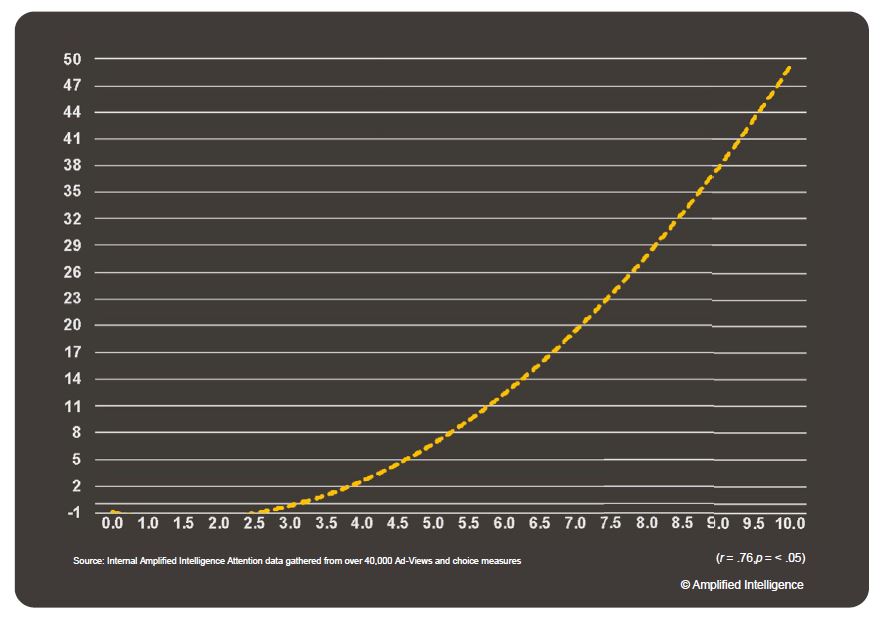 Source: Amplified Intelligence
Source: Amplified IntelligenceIn a study that examined 130,000 online ad impressions (social and other channels) from 1,150 brands, roughly 85% of them failed to meet even this low threshold. This means that the ad spots in question were functionally unable to build mental availability and therefore stimulate long-term demand growth. Of the 15% that reached this threshold, only a handful reached a level that could be considered healthy (about 10 seconds or more).
Online platforms in general suffer from a rapid decline in visual attention. In contrast, television provides a steady level of visual attention throughout the duration of an ad:
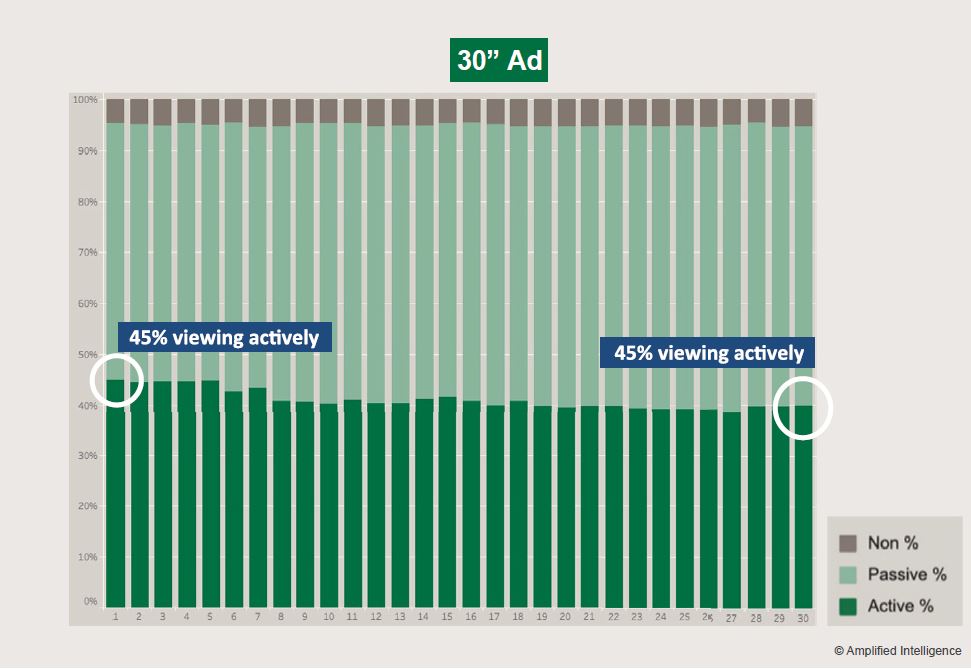 Source: Amplified Intelligence
Source: Amplified IntelligenceLumen’s latest data shows that TV is very much the domain of building mental accessibility. In the case of TV, advertisers are getting more than 15 seconds of attention on average for 30-second TV ads and 9.1 seconds for 15-second ads, with BVOD not far behind. Other platforms fall far short of these results. Marketers who want to achieve efficiency should consider attention and audience impact when making media decisions, not just price and number of impressions. In fact, television plays a significant role in efficiency:
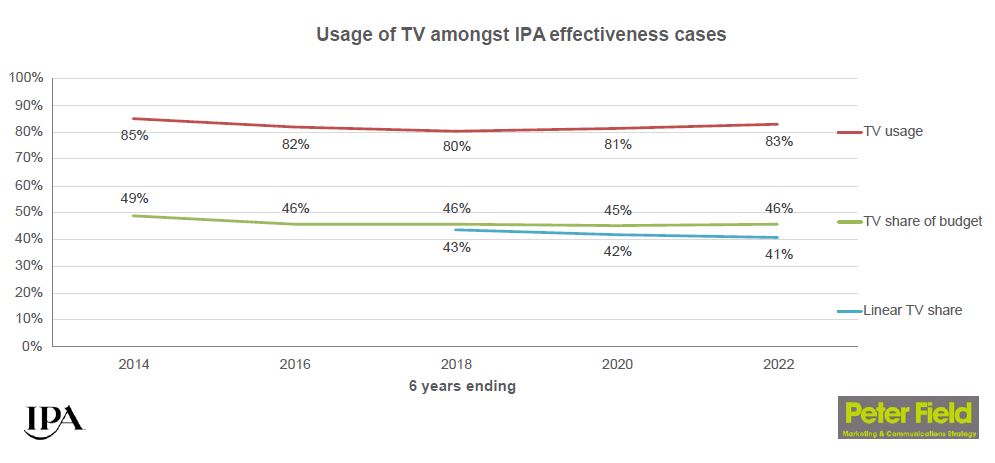
High Return on Investment
TV has the best ROI/sales ratio of all channels and therefore cannot be considered expensive. Moreover, the actual cost of an advertising spot depends on many factors, including the station, the programming environment, the time of broadcast and the length of the spot. It may not always be a prime-time broadcast with the highest reach on the main channels. Instead, the budget can be invested in a diversified channel mix using smaller channels.
This approach will result in a large number of diversified spots that reach different audiences, plus provide better insights and more data points for campaign evaluation. At the same time, the potential effectiveness of the campaign will increase.
Television advertising does not have to be expensive. Even with a relatively small budget, smaller marketers can achieve great results and significant impact. Television has a wide reach, and an ad spot can reach millions of viewers in a single broadcast block. The optimal option is of course to combine TV with other channels, i.e. a hybrid approach. Each channel has its own unique advantages - and together they form a powerful marketing arsenal. The cornerstone of success is the ability to strike a balance and leverage the strengths of all channels.
Helping Brands Grow
Brands that can take advantage of TV can significantly accelerate their growth. In fact, TV works well at all stages of the purchase funnel - both in building brand awareness and in the phases of consideration, purchase intent and the actual purchase. Advertisers are seeing a massive influx of new visitors to their e-stores after launching TV campaigns. The higher the investment in TV, the greater the increase in traffic that can be achieved.
Let’s conclude with a look at the story of one of UK’s most famous brands, Cadbury. After years of decline and losing focus on its core product Dairy Milk, Cadbury has refocused on its core value - generosity. The resulting “There’s a glass and a half in everyone” campaign has led to a renewed interest in Dairy Milk and a rebirth of the Cadbury brand and inspired millions of Britons to be generous.
Since the launch of the campaign, annual sales have increased by 22%, well above the original target of 9%, and consequently increased annual revenue by £261 million.
Marketing Week referred to this campaign as “the poster child for strategically-derived, creatively-powered emotional advertising and all it can do for demand, revenues, price premium and growth.” No wonder it won the Grand Prix in the 2022 IPA Effectiveness Awards.
Video: Cadbury – There’s a Glass and a Half in Everyone
Sources: thinktv.ca, Amplified Intelligence, lumen-research.com, thinkbox.tv

